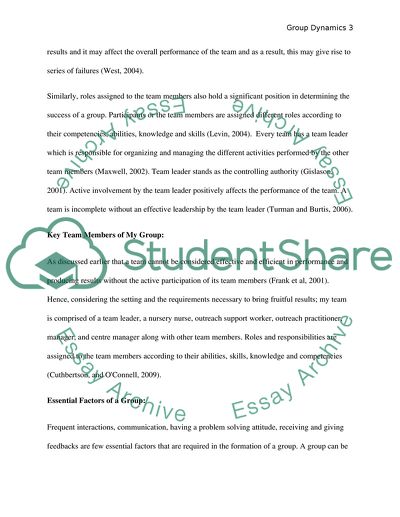Cite this document
(Group Dynamics and Team Members in Healthcare Essay, n.d.)
Group Dynamics and Team Members in Healthcare Essay. Retrieved from https://studentshare.org/nursing/1765222-group-dynamics
Group Dynamics and Team Members in Healthcare Essay. Retrieved from https://studentshare.org/nursing/1765222-group-dynamics
(Group Dynamics and Team Members in Healthcare Essay)
Group Dynamics and Team Members in Healthcare Essay. https://studentshare.org/nursing/1765222-group-dynamics.
Group Dynamics and Team Members in Healthcare Essay. https://studentshare.org/nursing/1765222-group-dynamics.
“Group Dynamics and Team Members in Healthcare Essay”, n.d. https://studentshare.org/nursing/1765222-group-dynamics.


